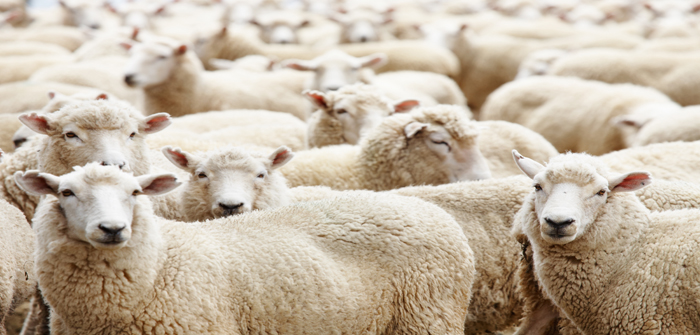The risk of nematodirus is likely to be extremely variable this season across the country and the Sustainable Control of Parasites in Sheep (SCOPS) says the nematodirus forecasting tool is proving to be an invaluable method of checking the risk to lambs this spring.
The nematodirus alert map went live on the SCOPS website earlier this month, showing when hatching of nematodirus eggs is predicted based on local weather conditions.
The exact date of hatching can be influenced by variation in microclimate, and early cases are also possible from overwintered larvae. A link on the forecast also gives access to an archive section so vets, advisers and farmers can consult previous forecasts see when the risk levels changed in their area.
Dr Hannah Vineer, of Liverpool University, who was instrumental in developing the forecast, said: “When deciding whether or not to act, sheep farmers must also take into account variation from field to field and farm to farm.
“It is important to assess the risk to each group of lambs based on the history of the field and it’s aspect and altitude. South facing fields tend to have an earlier hatch and every 100m increase in altitude will delay hatching by about seven days (for example if the nearest station is at 200m a.s.l (above sea level) and the farm is at 100m above sea level, hatching could be around seven days earlier than our forecast.”
Dr Vineer added: “Moving lambs to lower risk grazing that was not grazed by lambs last spring will help to avoid a high challenge. However, nematodirus eggs were commonly seen in faecal samples from sheep of all ages throughout 2019 which means that even land grazed by older sheep could be contaminated.
“Although faecal egg counts cannot be used to decide when to treat young lambs for nematodirus, as the damage is done by larvae that don’t produce eggs, regularly monitoring and recording faecal egg counts can help track which fields provide the safest grazing for lambs come spring.”


